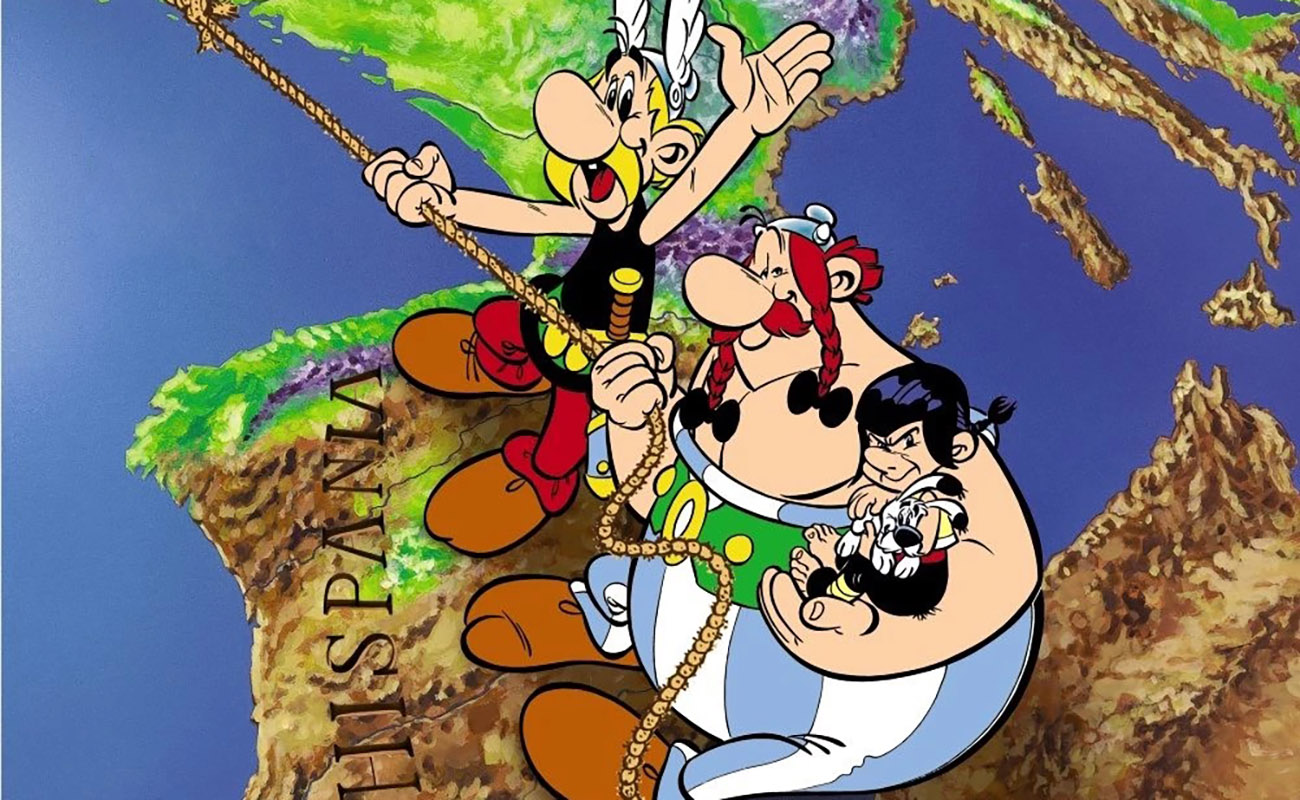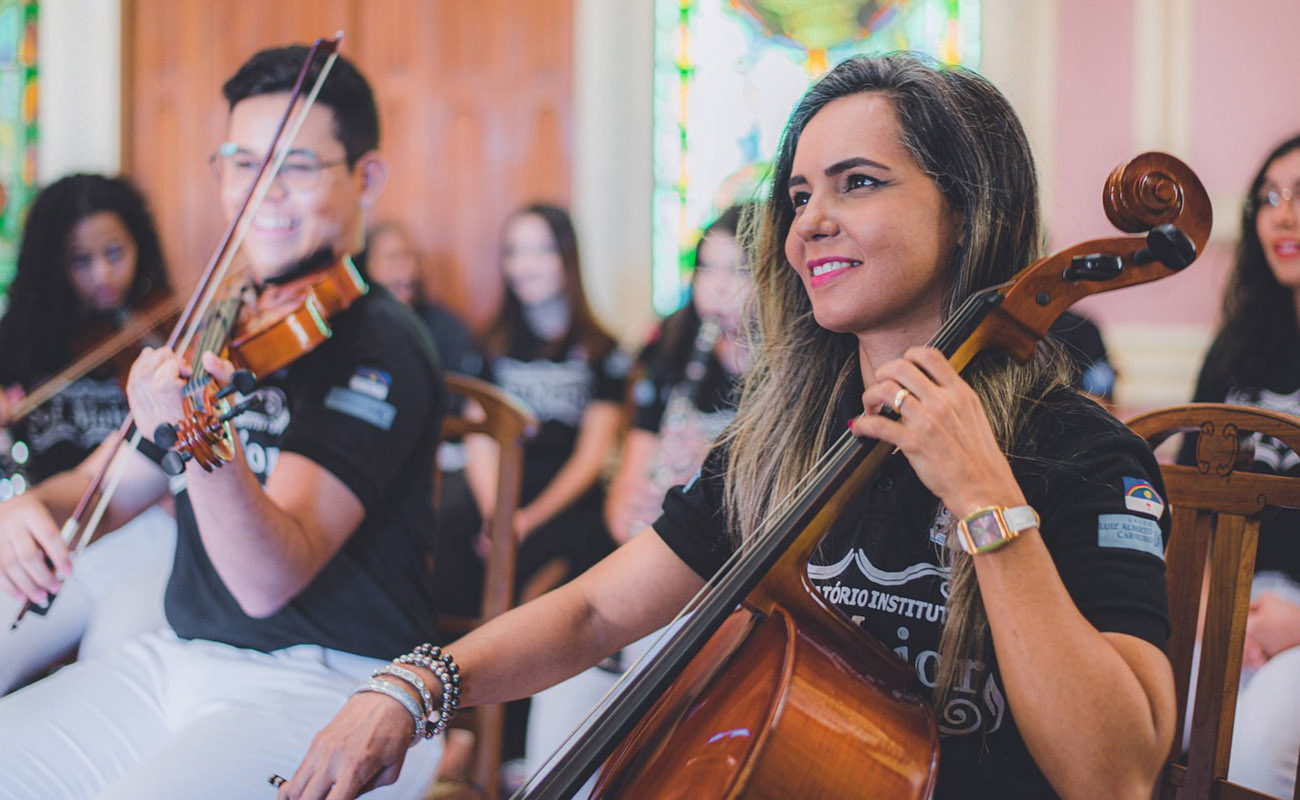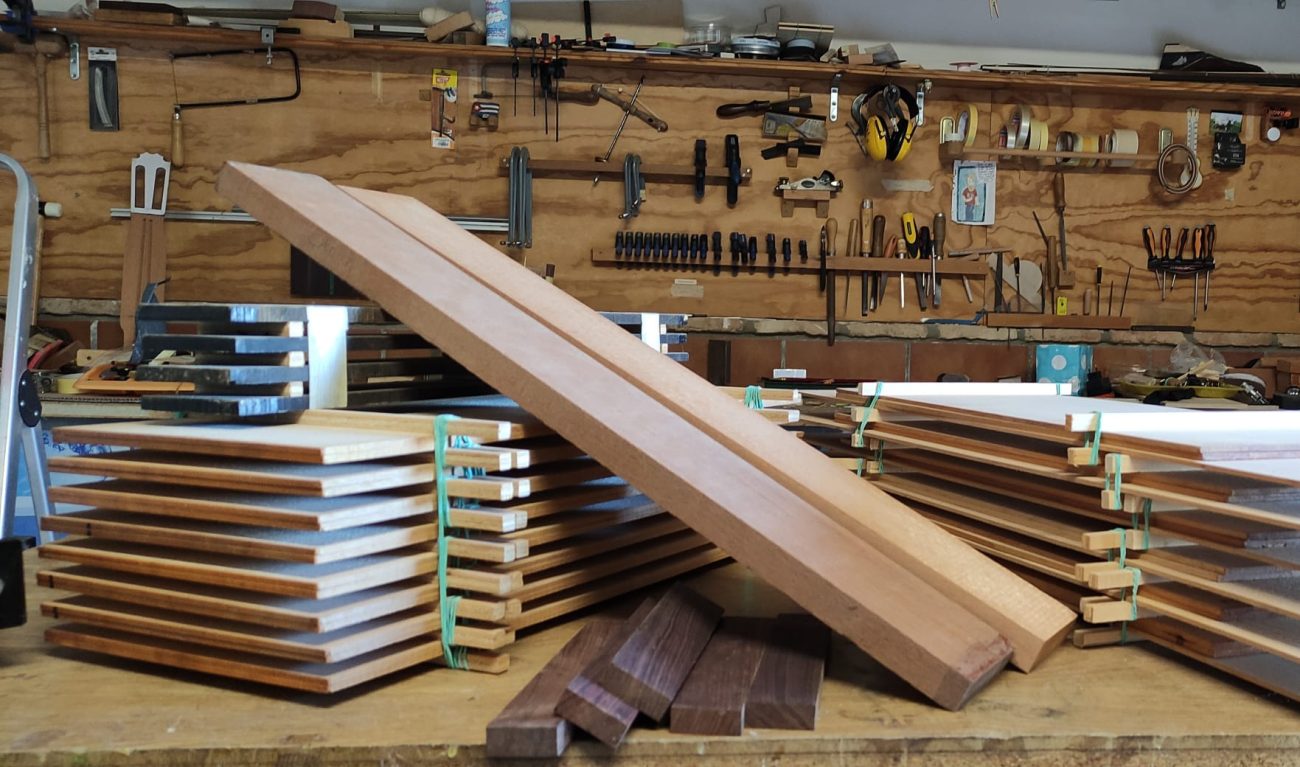Antonio Gades, bailarín y bailaor
Antonio Gades never complained about being referred as a “dancer”, instead of being considered a “bailaor”.
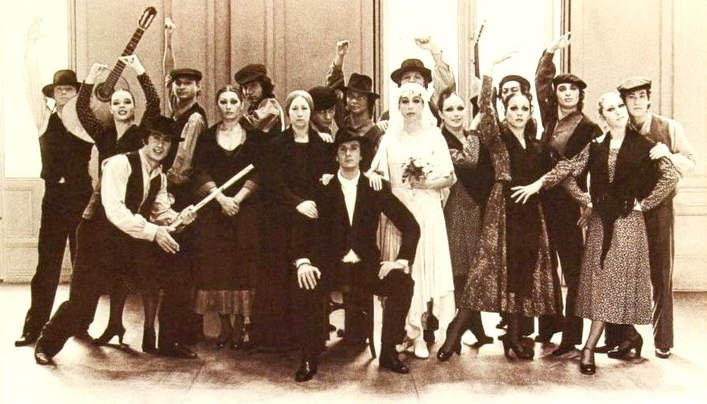
Antonio Gades never complained about being referred as a “dancer”, instead of being considered a “bailaor”. He really didn’t care about those things. He didn’t even consider himself an artist, but rather a culture worker, and he would get annoyed if anyone called him maestro. I was often surprised by this inconsistent discrimination by those who didn’t consider his baile to be jondo enough to bestow the title bailaor flamenco upon him. The same happens when some purists in the opera genre criticize Plácido Domingo for having recorded Mexican songs or Argentinian tangos. Stupid!
In my opinion, if someone dances por soleá, he’s a “bailaor” at that moment, and if someone dances Falla’s “El sombrero de tres picos”, then he’s a “dancer”. If someone does both things, like it’s the case of the great Antonio Gades, why can’t he be considered a bailaor when dancing por seguiriya, and dancer when dancing El Vito? I don’t understand why there is a need to set him apart, because when it comes to style, Gades was very jondo, serious and stunning as bailaor, with his baile macho, as it was called in the old days, although today the flamenco feminists (femijondistas, like Bohórquez calls them) may scream to heavens when hearing such appellative.
I’ve never quite understood such arbitrary exclusion. It’s true that Antonio was, in his own words, a payo(non-Gypsy) from Elda (Alicante) who grew up in Entrevías (Madrid), but apparently it’s irrelevant having been the favourite of that great artist of baile, Pilar López, or having smashing success for many years all over the world with his Suite Flamenca, which was performed together with Bodas de Sangre as the second part of his shows. The Suite was all baile flamenco, which is what he had been doing since he started to perform at the tablao Los Tarantos in Barcelona, accompanied by the guitar of the underrated Emilio de Diego, his partner in toil for more than two decades and the author of the wonderful music in Lorca’s drama.
Antonio used to tell me how in those years, when faced with an unreceptive public, we would make use of the helpful TAMIRÚ, which enabled him to win over the most cold-hearted spectators, knowing that dancing Tarantos, Mirabrás and Rumbas would melt down the iciest public in applause. Having Calderas de Salamanca or Juan Peña Lebrijano as cantaores, he would bring out pellizcos flamencos like no other, piercing the soul of the public with every step, or rather, like he would say, with what is between each step.
Not to mention Gades, the choreographer, who besides creating the choreographies for the above-mentioned shows, also composed the choreographies for Carmen (which was performed more than ten thousand times), Fuego (El amor brujo), which needed an alternate tittle since the Falla family didn’t authorize the use of the original name, and his last production, Fuenteovejuna, for which I had the privilege of selecting, composing and arranging the music for its tours through the world’s best theaters. Five productions in a career of fifty years (not counting Alfredo Mañas’ Don Juan, with music by García Abril and other small productions of his younger years). Five masterpieces in a whole life dedicated to baile, while others make a new production every year. We left in a box, unfinished, El Quijote, a project which was well advanced, but was cut short by the illness which took his life in 2004.

Elenco de la película “Bodas de Sangre”
Gades was proud of never having asked for government subsidies, and always worked as a private company, except the time when he was the artistic director of Spain’s Ballet Nacional. Few people know that he was fired from that job because he made a profit. There was a budget to create the Ballet Nacional de España(1978), and after it went on tour it made four times the amount of the original budget. “Nooooo!!”, he was told. “You have to spend this money!! You cannot make a profit!!” So the minister De La Cierva fired him, probably after Gades’ voiced his strong opinions about Spanish cultural policy. And here we are. The Ballet Nacional de España should be the best in the world. Gades tried his best, but he wasn’t allowed to achieve it.
Back to my topic. I’ve seen the public in theaters surrender at his feet, as he danced por soleá, or thrilled with his unforgettable farruca, I’ve experienced how at Copacabana beach, before one hundred thousand spectators in noisy Rio de Janeiro, there was a chilling silence as he slowly lifted his arm. These are things impossible to forget, and yet, nowadays I still have to endure hearing people say that Antonio Gades wasn’t a bailaor, but a dancer instead. Such nonsense always comes out from the mouth of those who don’t understand Art. Mario Maya and El Güito, colleagues of Antonio from his time with Doña Pilar, as they called her, always spoke with the highest regard about El Payo de Elda and never had any doubts about his flamenco feel and his innate talent to create a show’s choreography.
One day I met him in a café, as he was preparing to perform Fuenteovejuna at the Real theater in Madrid. He was surprised at the headline in El País newspaper: The doors of the temple of great music open for flamenco, (referring to his least flamenco show). Yet, we had already performed Fuenteovejuna in the best theaters in the world, from Milan to Tokyo, from Paris to Buenos Aires. The great opera houses all over the world had been opened for Gades decades ago, but the people of Madrid apparently had not taken notice yet. Not by chance Fuenteovejuna had been premiered in the opera theater Carlo Felice, in Genoa in 1994. Yet in Gades’ own country, so full of “experts”, they didn’t have a clue. That’s why he sometimes would mumble that song Españaaaa, cuánto te quiero, pero en postal (“Spain, how much I love you, but on a postcard”). He would also say that his country was the one with the most culture and the most ignorant.
I blame that ignorance for assigning the “dancer” label to an artist so versatile and complete as Antonio Esteve Rodenas, known in the artistic world as Antonio Gades. I want to honor his memory from ExpoFlamenco, vindicating his jondo wisdom, his creative flamenco talent and all he did as an authentic bailaor.
If you want, I’ll tell more stories about Antonio some other day, I have enough to fill a book.
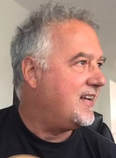
Faustino Núñez


